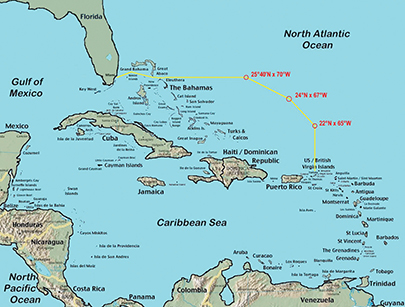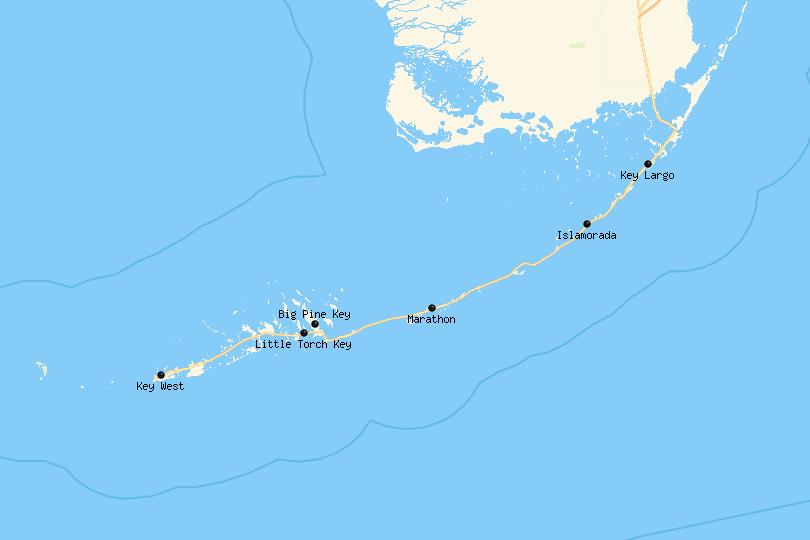
Curacao’s history of slavery can be seen in the countryside’s plantations, and is documented in the fine Kura Hulanda Museum. The capital Willemstad, settled in 1634, is the financial and commercial centre of life on the island, as well as a Unesco World Heritage Site, thanks to its well-preserved, cotton-candy-coloured Dutch Colonial architecture and buildings like the Mikve Israel Synagogue, the oldest synagogue in use in the Western Hemisphere.

The largest of the three islands, Curacao also has the biggest population and one of the highest standards of living in the Caribbean due to its well-developed oil refining business and other industries. The island changed its currency from the Antillean guilder to the US dollar in 2011. While the main city of Kralendijk has some very good restaurants (and student chefs who train in Emilia-Romagna in Italy), Bonaire does not have the tourism infrastructure found on Aruba or the commercial power of Curacao, and it can only be reached by air, as there is no ferry service from the other islands or Venezuela. On the surface, kayaking is popular and landlubbers can cycle through Washington-Slagbaai National Park on the island’s northern tip and past Lake Gotomeer, a salt lake home to flaming pink flamingos. Surrounded by staggeringly diverse coral reefs that are protected by a national marine park, Bonaire is a diving paradise under the waves, from parrot and angel fish to nurse sharks and stingrays. Each island has its own currency – Aruba’s is the Aruban florin, but US dollars are also accepted. Aruba’s weather is fantastic: even temperatures, beautiful trade winds and very little rain in the winter. There are direct flights from many US cities, as well as Amsterdam, London and South American destinations. The constant trade winds make the island a magnet for windsurfers and kite surfers who ply the shallow Caribbean waters in their colorful craft. Its dry, sunny climate and fine beaches attract holiday-makers and second-home buyers from the US, the Netherlands and Venezuela. Part of the Kingdom of the Netherlands, Dutch is the official language (as it is on Bonaire and Curacao) and English is commonly spoken, but residents of all three islands also speak Papiamentu, a Creole language that combines Portuguese, Spanish, Dutch and English, and is the second official language of Aruba. Aruba and Bonaire both are about a 20 minute flight from Curaçao, 30 minutes from Caracas, and 2 1/2 hours from Miami.Īruba is the most developed of the islands, with golf courses, malls, casinos and international restaurants in the capital Oranjestad and surrounding resort areas. Aruba is the western most island, Curaçao is located about 50 miles east of Aruba, and Bonaire is another 30 miles east of Curaçao. The islands have varied terrain, pristine beaches, coral reefs and an off-the-beaten-path vibe that attract low-key globetrotters.Īruba is approximately 15 miles off the coast of Venezuela, Curaçao is about 40 miles north of Venezuela, and Bonaire is 50 miles away from Venezuela.


Chain of islands ioff florida plus#
Their shared Dutch colonial history and West Indian heritage, plus their fortuitous location outside of the tropical hurricane belt, make these islands a coveted playground for snowbirds, sun seekers, avid windsurfers and scuba divers. They are collectively known as the ABC islands. The Caribbean islands of Aruba, Bonaire and Curaçao are the three western-most islands of the Leeward Antilles in the South Caribbean off the coast of Venezuela.


 0 kommentar(er)
0 kommentar(er)
